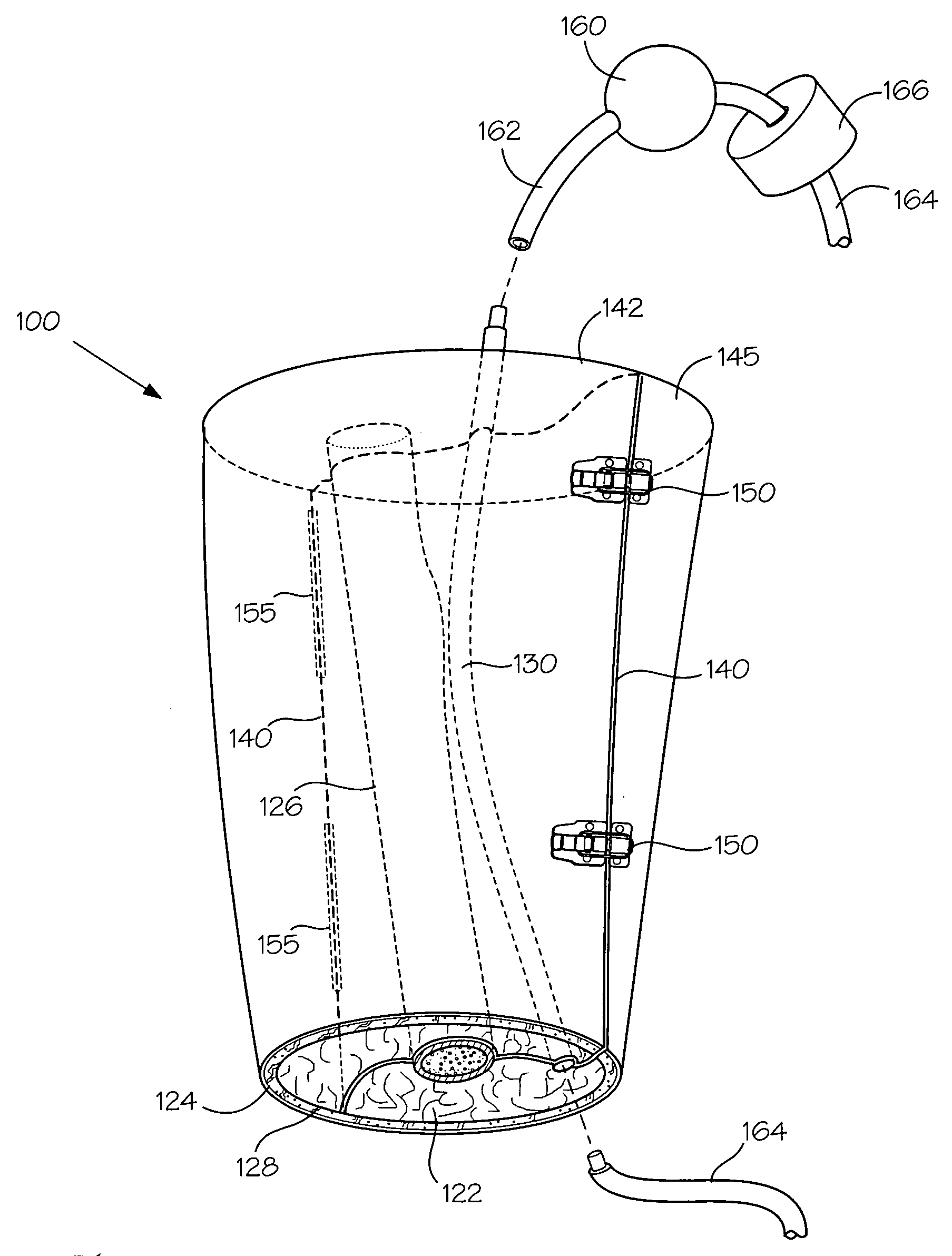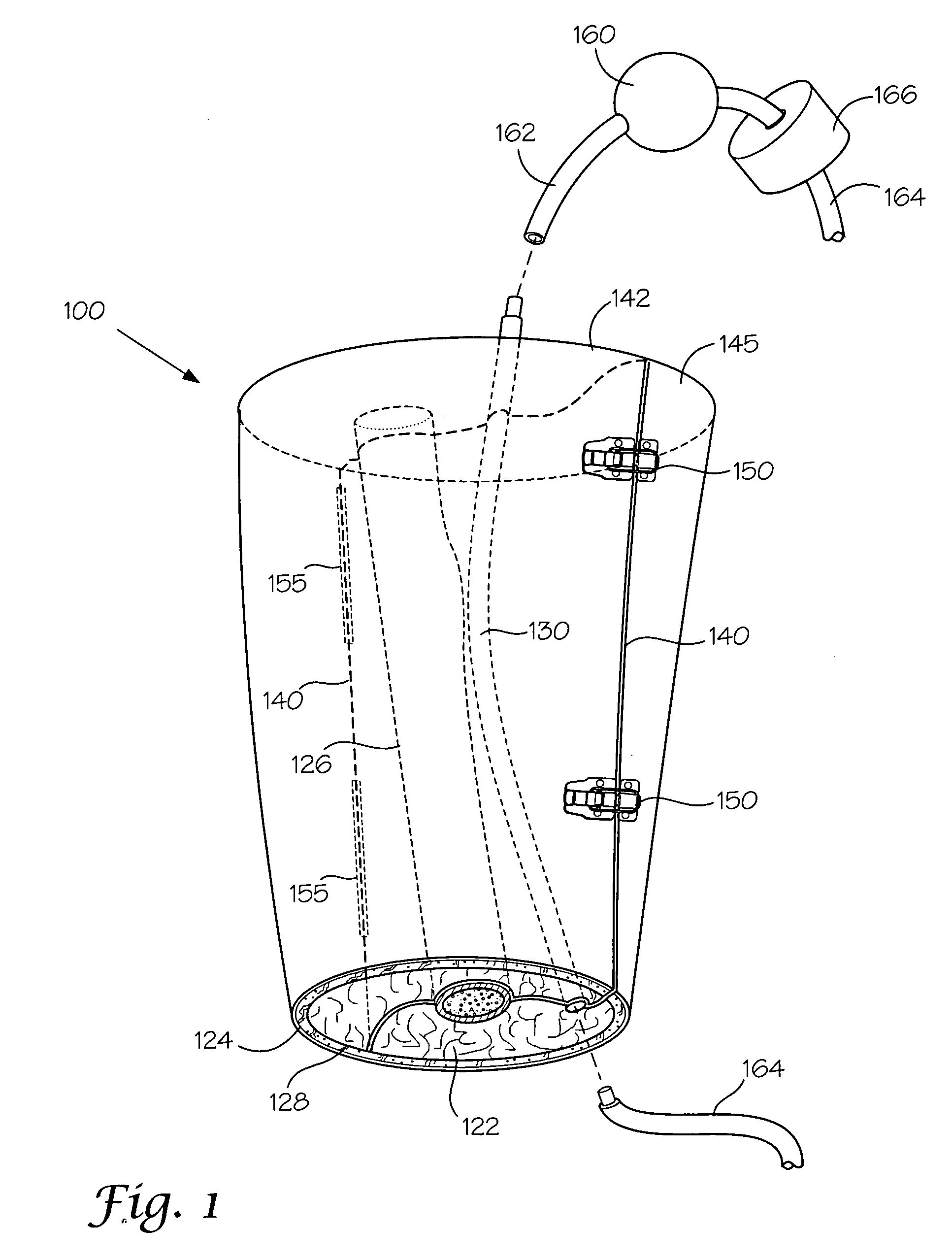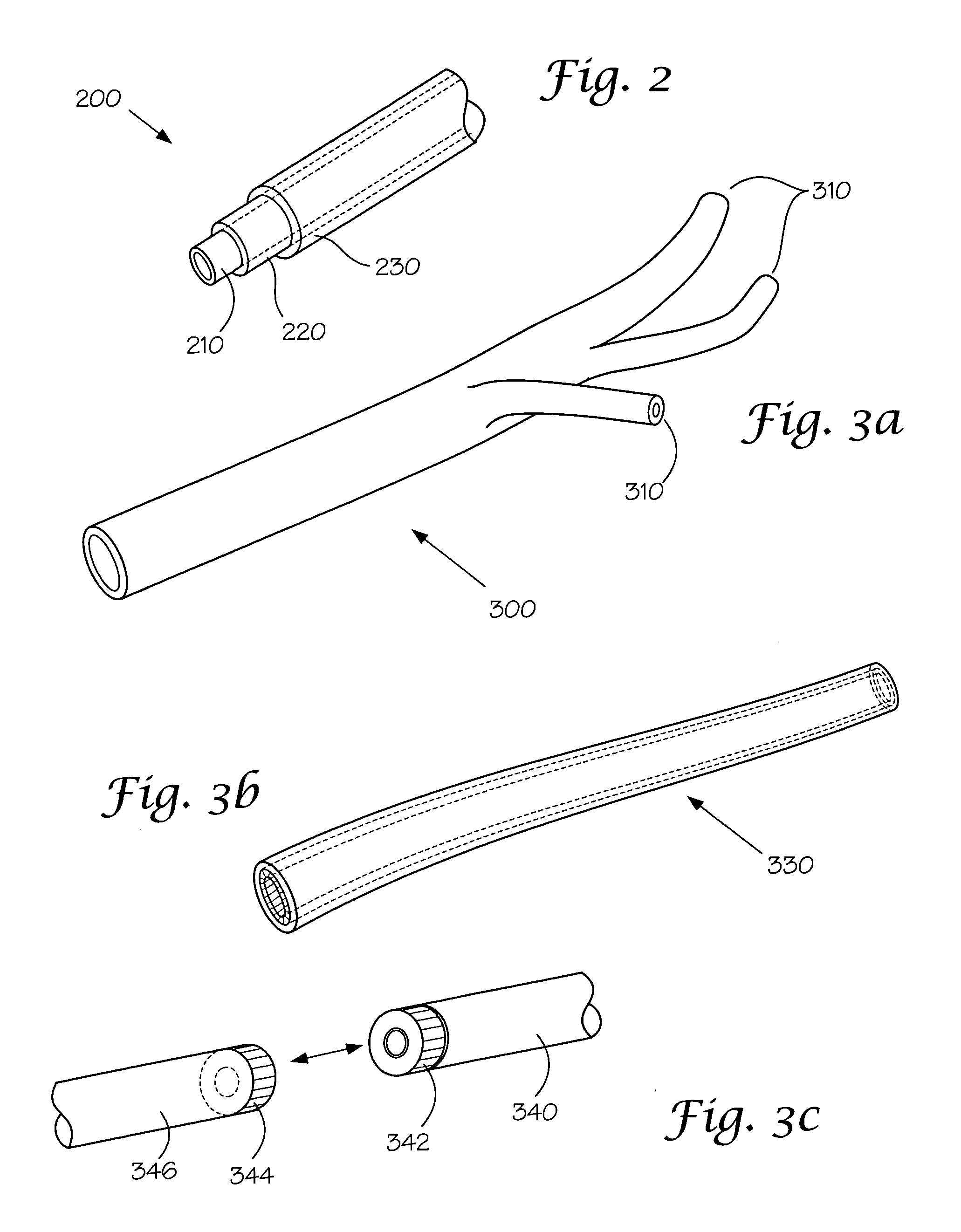Models and methods of using same for testing medical devices
a technology of medical devices and models, applied in educational models, medical science, diagnostics, etc., can solve the problems of reducing product quality, increasing development costs, and lengthening product timelines, so as to reduce product quality, increase development costs, and prolong product timelines
- Summary
- Abstract
- Description
- Claims
- Application Information
AI Technical Summary
Benefits of technology
Problems solved by technology
Method used
Image
Examples
example 1
Testing of a Guidewire Exchange Catheter
[0106] This following experiment describes a simple Animal Replacement Model used in the testing of a guidewire exchange catheter. The testing described includes the simulation of worst-case conditions to provide an estimate of device performance and reliability when misused in a clinical setting. This data was used to determine the suitability of the device for clinical trials. The materials required appear in Table III and the fabrication process for the tissue analog materials appears in Table IV.
TABLE IIIMaterials and devices used in simulation example.Device or Material UsedQuantityDevice CodeBalloon Guidewire131Guidewire Exchange Catheter132AVE GT1 Floppy Guidewire13AVE Microstent II Stent Catheter14ACS RX Multilink Stent Catheter15Scimed Niron Ranger Stent Catheter16Scimed Magic Wallstent Stent Catheter17Hotplate Stirrer1—Animal Replacement Model1—Dimethyl SulfoxideA / R—Polyvinyl Alcohol (Mw = 130k-150k)A / RCompletelyhydrolysed
[0107]
TA...
PUM
 Login to View More
Login to View More Abstract
Description
Claims
Application Information
 Login to View More
Login to View More - R&D
- Intellectual Property
- Life Sciences
- Materials
- Tech Scout
- Unparalleled Data Quality
- Higher Quality Content
- 60% Fewer Hallucinations
Browse by: Latest US Patents, China's latest patents, Technical Efficacy Thesaurus, Application Domain, Technology Topic, Popular Technical Reports.
© 2025 PatSnap. All rights reserved.Legal|Privacy policy|Modern Slavery Act Transparency Statement|Sitemap|About US| Contact US: help@patsnap.com



